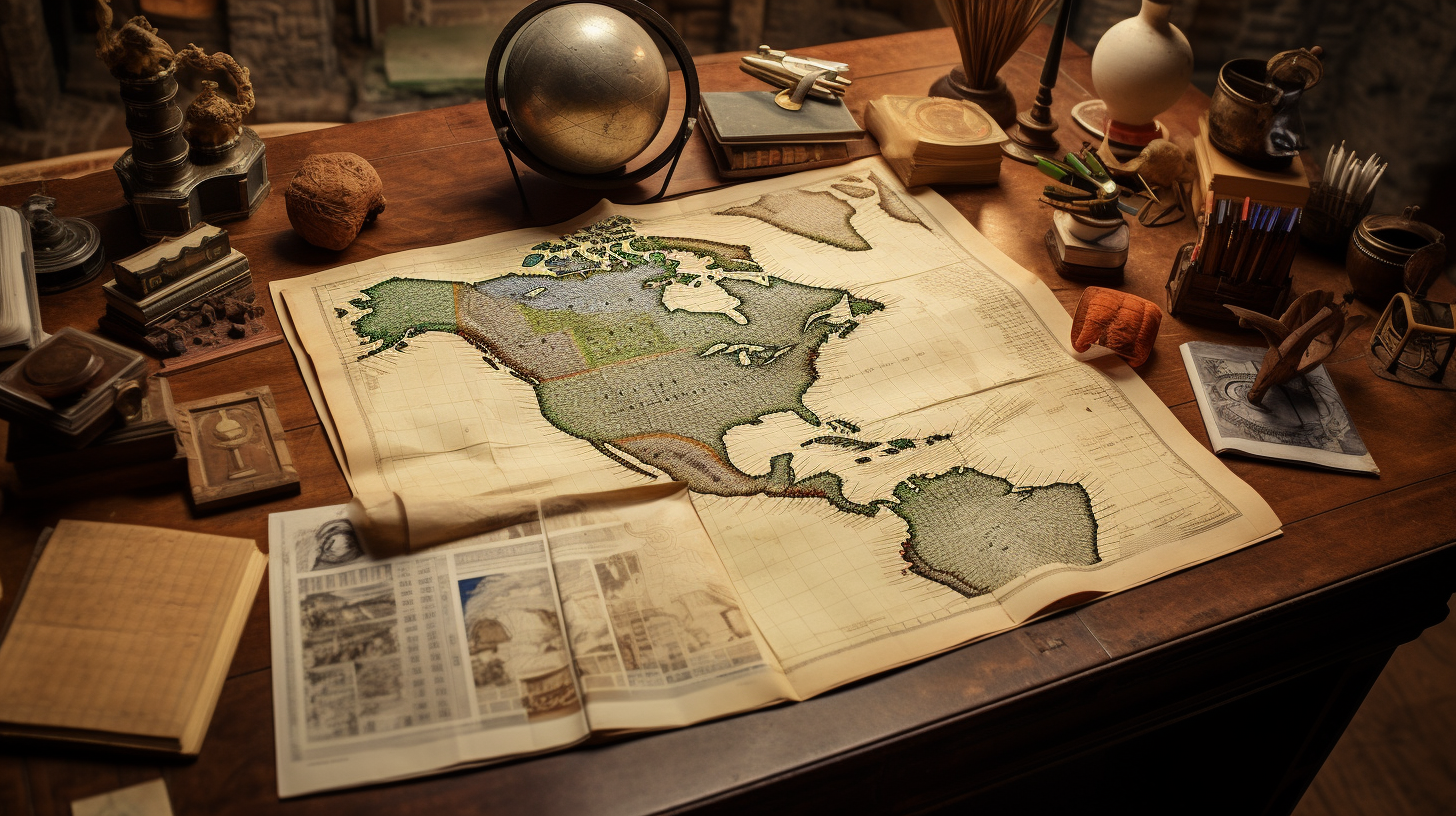
Articles

Mexican States
Southwest United States
Heritage and Governance
The Expedition of 1781
This presentation explores the historic “Expedition of 1781” which led to the eventual Spanish settlement of Los Angeles, Santa Barbara and San Buenaventura. Discover the challenges faced by the soldiers and settlers of that expedition and their role in shaping Southern California's early development. Today’s sprawling metropolis of Los Angeles and its surrounding regions is the result of the Expedition of 1781.
Divided Loyalties: The Indigenous Peoples Who Occupy the US-Mexico Borderlands
This presentation discusses the native groups that occupied the regions adjacent to and on both sides of the U.S.-Mexico border over the last three centuries. While some of these tribes are well-known to us today (i.e., the Yaquis, Tohono O'odham, Kumeyaay, etc.), tribal groups that have nearly disappeared as distinguishable cultural entities (i.e., Carrizos, Mansos, Jocome, Coahuiltecans, etc.) will also be discussed. In addition to the history of those tribes, we will explore the current status of some of the tribal communities that still exist today.
Indigenous Baja California and the Census
The State of Baja California occupies a total area of 71,450 square kilometers (27,587 square miles), which makes up 3.6% of the national territory. Baja California is the 12th largest state in the Mexican Republic. Politically, this area is divided into a total of five municipios: Ensenada, Mexicali, Tecate, Tijuana and Playas de Rosarito.
Dual Identity: The Indigenous Peoples Who Occupy the U.S.-Mexico Borderlands
This presentation discusses the native groups that occupied the regions adjacent to and on both sides of the U.S.-Mexico border over the last three centuries. While some of these tribes are well-known to us today (i.e., the Yaquis, Tohono O'odham, Kumeyaay, Cocopah, etc.), tribal groups that have disappeared as distinguishable cultural entities (i.e., Carrizos, Mansos, Jocome, Coahuiltecans, etc.) will also be discussed. In addition to the history of those tribes, we will explore the current status of the tribal communities that still exist today.
Indigenous Baja California: The Rarest of the Rare
The Baja California Peninsula is located in the northwestern portion of the Mexican Republic. This body of land extends approximately 775 miles (1,250 kilometers) from Tijuana in the north to Cabo San Lucas in the south and is separated from the rest of Mexico by the Gulf of California (also called the sea of Cortés).

Article Categories
- Aguascalientes 14
- Arizona 4
- Baja California 5
- Baja California Sur 2
- California 20
- Campeche 4
- Census 36
- Chiapas 3
- Chihuahua 11
- Coahuila 7
- Colima 1
- Conquistador Chronicles 2
- Durango 2
- Ethnic Identity 41
- Genealogy 35
- Guanajuato 8
- Guerrero 8
- Hidalgo 2
- Indigenous Insights 98
- Jalisco 25
- Mexico City 11
- Michoacan 7
- Morelos 4
- Nayarit 3
- New Mexico 4
- Nuevo Leon 7
- Oaxaca 6
- Politics 10
- Puebla 5
- Queretaro 1
- Quintana Roo 4
- San Luis Potosi 11
- Sinaloa 6
- Sonora 16
- Southwest US 26
- State of Mexico 5
- Tabasco 3
- Tamaulipas 11
- Texas 7
- Tlaxcala 7
- Veracruz 6
- Yucatan 6
- Zacatecas 13






